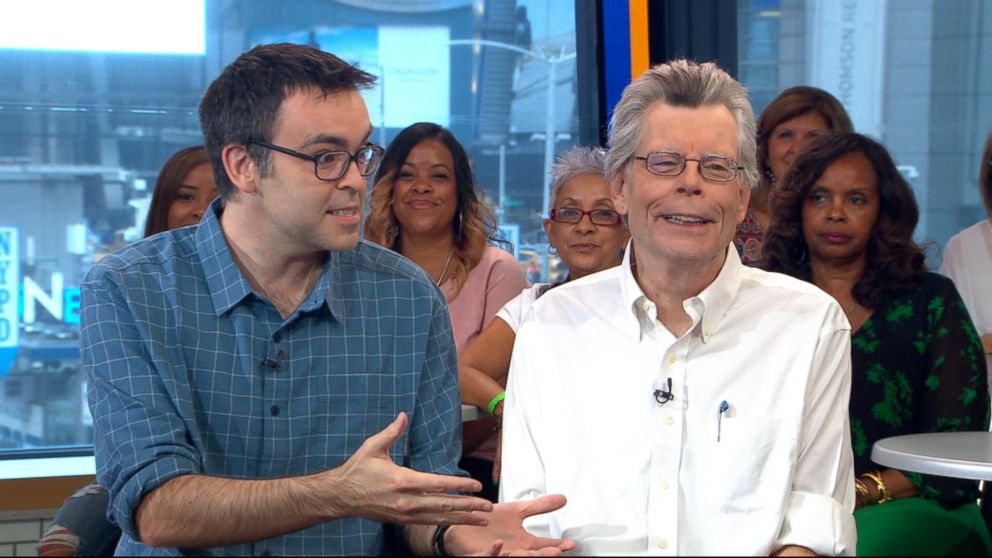Earlier this week on his show, comedian John Oliver spoke about public shaming, particularly on the Internet. At the time I’m posting this, the YouTube video of the segment, which features an interview with Monica Lewinsky, has nearly five million views. Take a look below:
Now, if you don’t have time to watch the twenty-six minute video, let me reiterate the main points: while public shaming may be needed when someone in the public eye does something truly awful, sometimes the shaming is taken out of context, becomes too harsh, or goes on for far too long, leaving those affected by it psychologically scarred and sometimes affecting their careers and prospects for years afterwards. And unfortunately, this unwarranted shaming happens far too often for all the wrong reasons.*
Unfortunately, this sort of thing happens quite a bit in the writing community. Sometimes this has been necessary: in 2017, Lani Sarem tried to scam her novel to the top of the New York Times bestseller list to get a film deal. In 2018, Faleena Hopkins tried to trademark the word “cocky” in book titles so no one else could use the word without fear of legal action. In both cases, the reaction from the greater author community, especially from the genres these writers wrote in, was instrumental in keeping these injustices from going unpunished.
However, there has been a number of authors who’ve been the target of online attacks that frankly don’t deserve it. In the past couple of months, there have been articles about writers who had to withdraw their books from publication–sometimes for huge amounts of money–just because they were targeted by their genre’s online community.
In the case of one author, she withdrew her book after people objected to one of the characters, a slave in that fictional universe’s version of post-Imperial Russia, was described as having “tawny” skin, and took that to mean African-American, meaning a horrible depiction of African-Americans in bondage. I believe the author, who is Asian, was actually going for a commentary on modern slavery and human trafficking in Asia.
In the case of another author, the objection was of the leads being two gay, African-American teens during the Kosovo War and one villain being an Albanian Muslim. And while I have my own reservations on including a Muslim villain, given my past published works, Americans did experience the Kosovo War firsthand, and no side of that conflict had clean hands.**
The fact of the matter is, these attacks are causing more harm than good. Yes, there are times when anger is needed, but in some of these communities the instinct to lash out has gotten so bad that people keep screenshots of things said online by their friends to use against them later if they ever have to. In other words, yesterday’s crusader has to prepare in case they or their friend is today’s victim. Or to put it simply, this is literary self-cannibalism.
And at the rate it’s going, soon there will be no one left to go after. There will be only those who are too scared to write lest they be targeted, those who have been targeted and don’t dare to write anymore, those who walk a tightrope lest they be targeted, and those who would attack and grumble that nothing new and mold-breaking comes out anymore.
So how do we stop it? Well, I think part of the solution has already come about by identifying the issue. But there’s much to do. It starts with awareness. And then it improves by resolving to not be part of mobs like this. Before striking out at anyone, look up to see if articles from reliable sources exist. Read more than one, if possible, from multiple sides. Read the work in question, or excerpts if that’s not available. Then try to understand what the author was going for. And then ask if what people are saying is worth getting angry about.
Also remember that publishers are usually great gatekeepers for this kind of thing. They wouldn’t dare publish something if they thought it was offensive and would cost them more to publish than they could earn. If the publishers deem it fine, shouldn’t that at least factor into our reasoning over whether to get upset over a book’s content?
And if others are upset and you think it’s not worth it, don’t engage. Anger like this is fueled by attention, and refusing to give mobs like this the attention it craves is like depriving a fire of oxygen. Don’t be part of the mob.
Obviously this might not be enough Any social problem requires a multi-pronged approach, and this may only turn out to be one or two prongs. But it’s a start. And without that, we can only expect more of the same, until the writing community at large becomes too toxic to survive. I don’t want to see that. Do you?
And if you’ve been the target of this sort of behavior, know this: you are not the problem. You don’t deserve what happened or what is happening to you. But there are people on your side. More than you realize. And you can get through this. And you will emerge stronger from this. I believe in you, and so do the rest of us.
Have you witnessed this sort of behavior before? Have you any strategies for dealing with this sort of behavior?
*And I’m well aware that even talking about this subject may upset someone and get me targeted for public shaming. However, I’m a Jewish bisexual man with a couple of disabilities and even more eccentricities. My very existence and interests probably offend somebody for stupid reasons. Not to mention I write horror, which always finds a way to offend somebody just by trying to scare people. I won’t let any of that keep me from putting myself out there, so I won’t let this do it either.
And if anyone does try to go after me, they should know: I BITE.
**Also, if one book gets this sort of reaction from these communities for a Muslim villain, I hope television shows like NCIS and Homeland or authors like James Patterson, Dan Brown or Daniel Levin, get the same sort of attention from them. Oh, they don’t? Interesting. Maybe they’re too big for them.







You must be logged in to post a comment.